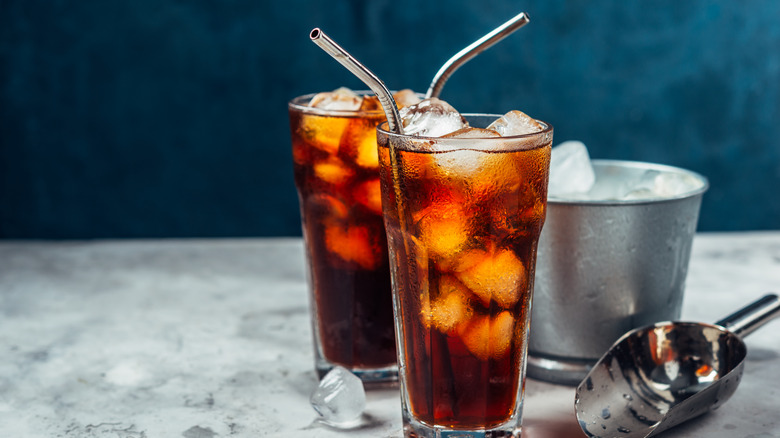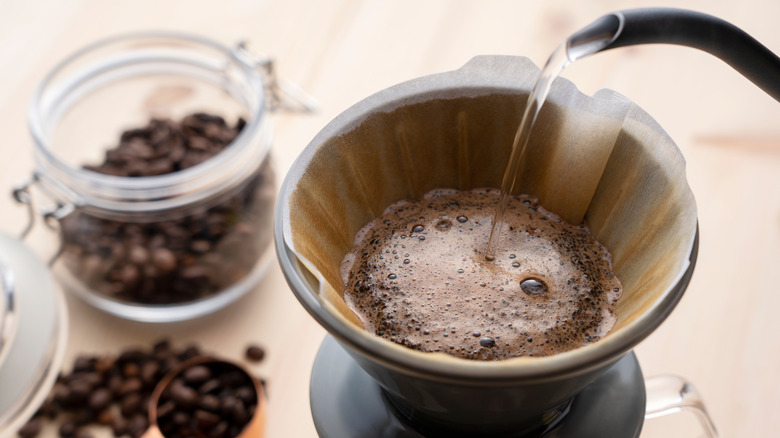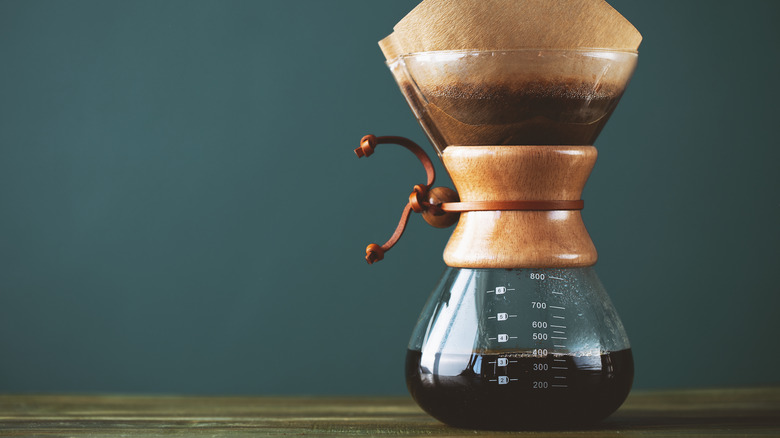What Makes Japanese Iced Coffee So Unique?
Iced coffee has a loyal fan base, and almost everyone has that one friend who will choose it over hot coffee year-round, regardless of the season or weather. A common debate among iced coffee aficionados is the question of whether cold brew or standard iced coffee is better. We suggest swapping both for a much worthier contender: Japanese iced coffee.
More complex than cold brew and fresher than iced coffee, Japanese iced coffee is the best of both worlds. It is also generally easier and less time-consuming to prepare than other methods. So, what exactly is it?
Japanese iced coffee is essentially hot, concentrated coffee brewed directly over ice. Made using only coffee grounds, water, and ice, it doesn't involve any extra ingredients, and it can be enjoyed immediately. It is typically made using the pour-over technique but can be adapted for various coffee brewing methods, including electric coffee makers.
Japanese iced coffee vs. other iced coffees
Japanese iced coffee has become a favorite of many coffee drinkers. The fresh, bold flavors achieved during the method can be attributed to the flash chilling effect: Brewing hot coffee and then instantly cooling it. Other iced coffee-making techniques allow more time for oxidation, which can significantly impact flavor.
Think about traditional iced coffee, which is typically brewed hot and then given time to cool to room temperature before it is served. In the time it takes to cool down, the coffee goes through oxidation and loses freshness — all before the drinker has had their first sip. Cold brew also has its flaws, despite its reputation for having a smooth flavor and high caffeine content. Relatively self-explanatory, cold brew coffee is made by brewing coffee grounds in cold or room temperature water for 12 to 24 hours. The process not only exposes the beverage to oxidation over time, but it can also result in a dull, bland cup of coffee since heat extracts the rich, nuanced flavors and aromatics from coffee beans.
Compared to these two popular iced coffee brewing methods, the Japanese iced coffee method avoids potential pitfalls. The heat brings out all the complex flavors and aromas in the coffee beans, and flash-chilling retains them. The coffee can then be enjoyed immediately without leaving time for oxidation.
How to make the perfect Japanese iced coffee
The easiest and seemingly most popular method for making Japanese iced coffee is with a pour-over dripper. To make it, you will need coffee beans that are ground slightly finer than you normally would when making pour-over coffee (roughly the consistency of coarse salt), boiling water, and ice.
When measuring your ingredients, the typical rule of thumb is to swap out half of the water for ice. For example, if you usually use 14 ounces of water, measure out 7 ounces of water and 7 ounces of ice. This is because the hot brewed coffee will melt the ice, and you don't want watered-down coffee. The easiest way to ensure your proportions are correct is by using a food scale. Some recipes call for more water or ice, such as food writer Sarah Jampel's recipe, which calls for 165 grams of ice, 315 grams of hot water, and 30 grams of coffee. You may need to test out a few batches before you find the preference that works well for you.
Once your ingredients are ready, pour the hot water over the coffee grounds and directly onto the ice in the container. Give it a stir to ensure most of the ice is mixed in, and serve in a glass over fresh ice.


